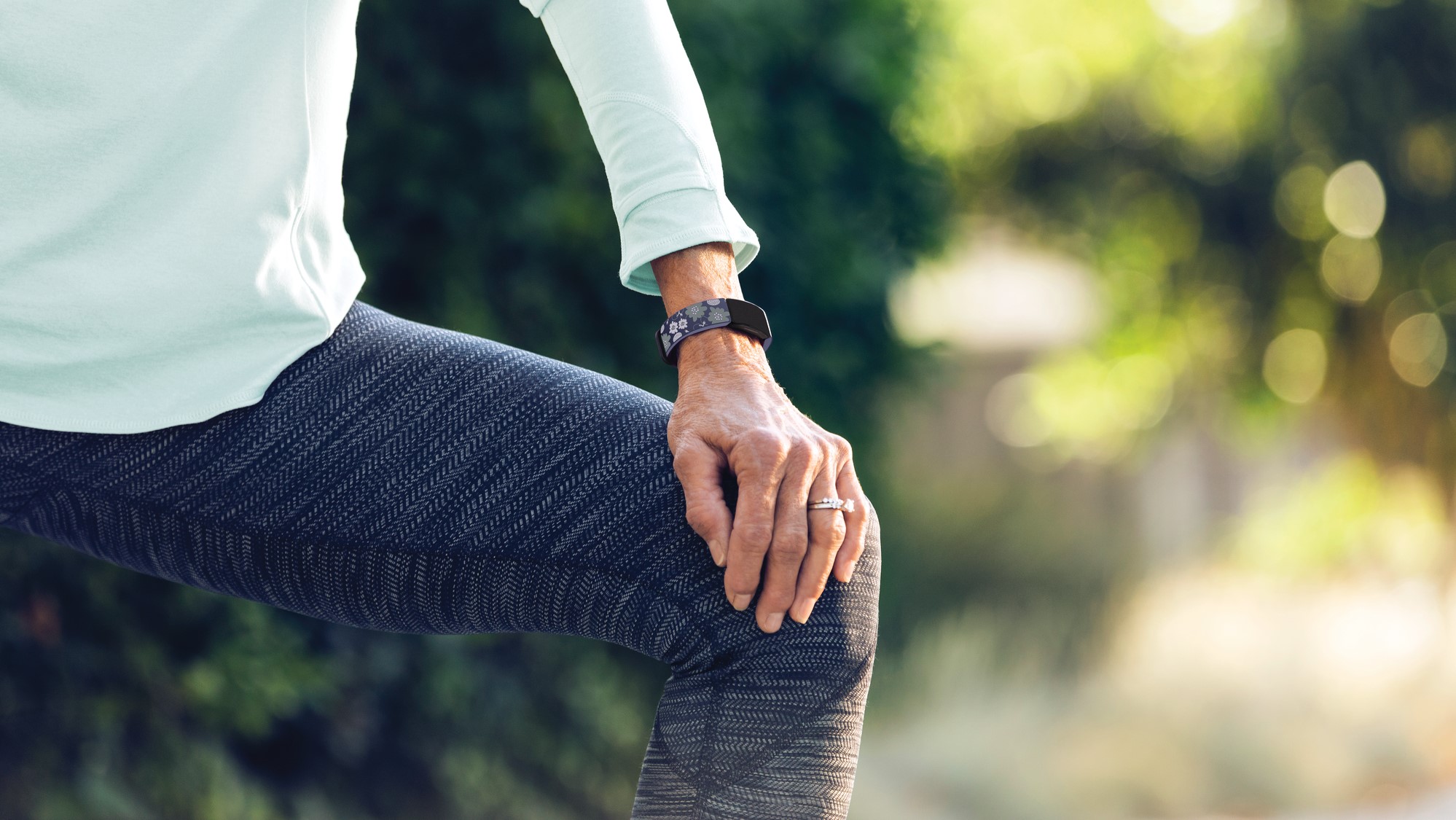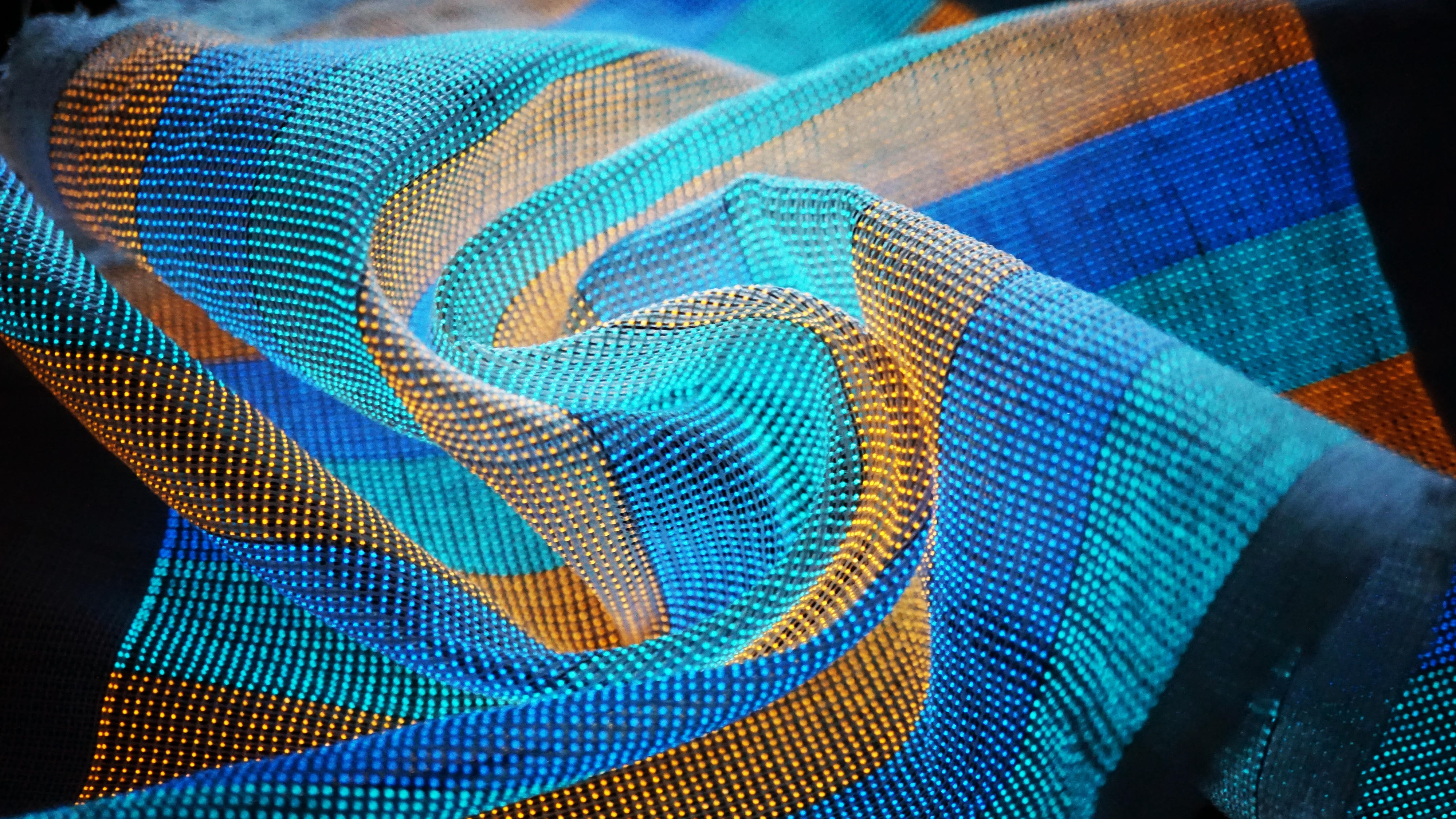Counting your steps is so… pre-pandemic. Can that band on your wrist measure your heart rate? Can it monitor your blood pressure ? Does it ...
Counting your steps is so… pre-pandemic. Can that band on your wrist measure your heart rate? Can it monitor your blood pressure? Does it detect early symptoms of Covid-19? Today’s latest and greatest fitness wearables can already do some of that, but even they’re but a tiny taste of the data-driven complexities of your next fitness wearable.
Here’s why we’re entering a brave new world for wearables – and what you can expect to be strapping to your body in the years to come.
The last year has seen many of us take our fitness into our own hands and into our own homes. We’re working from home and we’re working out at home.
Not surprisingly we’re buying more fitness wearables and we’re demanding more from them. “Wellbeing, fitness and activity tracking became a priority for many,” says Leo Gebbie, Senior Analyst for Wearables and XR at CCS Insight, about the Covid-19 pandemic.
“Exercise and activity regimes moved from gyms to outdoor spaces, making a smartwatch or a fitness band that tracks steps, distance, heart rate and other activity metrics more attractive than ever for lots of people.”

Fitness wearables: trackers vs smartwatches
If you want to know what’s coming next to fitness wearables, just look at the smartwatch market. “Fitness trackers tend to see their feature set roll down from more advanced smartwatches,” says Gebbie. “The advanced health-tracking features on some of today’s top-end smartwatches may trickle down to fitness trackers in time.”
However, even smartwatch-makers are having to up their game. “It’s no longer enough to provide the basics,” says Teg Dosanjh, Director of Connected Services and Technology at Samsung Electronics. “The last two years have seen an increase in the importance of functions and metrics … fitness enthusiasts expect products to incorporate blood pressure monitoring or electrocardiogram (ECG).”

GPS and heart rate monitoring might be today’s must-have features, but tomorrow’s include ECG measurements, which are found on the Apple Watch, Samsung Galaxy Watch 3 and Fitbit Sense. We’re talking about serious health tracking here that can detect medical conditions and sleep problems you don’t even know you have.
“We’ve advanced from simply counting steps to bringing health information once only available from a lab or clinical environment – like heart rate and sleep tracking – directly to consumers’ wrists,” says Dr Conor Heneghan, Lead Research Scientist at Fitbit. That’s the first step in fitness trackers detecting medical conditions and then helping manage those conditions.
Fitness wearables: illness detection
Dr Heneghan says Fitbit is making progress in the areas of sleep apnea and AFib, two of the most common health conditions worldwide, while recently published findings from its COVID-19 study suggest its devices have the potential to identify signs of illness before you show symptoms.
“As we all take a greater interest in our health the idea of illness detection will be even more in the spotlight,” says Dr Heneghan. “We believe that wearables can help bridge the gap between visits to the doctor, and facilitate conversations between patients and their doctor.”

The trouble with fitness wearables and smartwatches is that, for now, they’re as much about fashion as health monitoring. Cue Apple Watch’s limiting 48-hour battery life. That’s all going to change.
“The next generation of trackers will see a dialling-up on the technical side, so losing the always-on screens and the bright displays to really double-down on things like blood glucose, blood pressure, respiratory rate, pain management and medication dosage,” says Nicholas Kelly, co-founder of care group Axela, whose cAIR:ID app brings together medical records and data from fitness trackers to predict mini-strokes.
He expects to soon see more focused monitoring from medical-grade devices that collect data on all the vital signs a hospital would gather from a patient – but in the community.
Fitness wearables: personalized healthcare?
Some think that personalized, data-driven medicine is the future of healthcare – and that it’s going to be driven by next-gen fitness wearables that passively monitor a person’s heart rate and blood oxygen levels, for example. The goal is a future where health is about monitoring, prevention and early intervention rather than fixing health problems.
“We’ll be able to track changes over time, relative to an individual, rather than at a point in time relative to a population,” says Harry Briggs, Managing Partner at OMERS Ventures, which has made investments in health tech companies. “We may even be able to understand root causes and give people positive feedback loops around the kinds of lifestyle choices that work best for their individual health.”
It could also mean that if and when you end up in hospital with a health issue your doctor can easily access long-term data on your vital signs.

Fitness wearables: artificial intelligence
What to do with all that big data? Add a dollop of artificial intelligence (AI), of course. So get ready for data-driven decisions around when and what to eat, how long to sleep and when to workout.
“In the same way that Netflix learns what TV shows users like and then makes recommendations, consumers increasingly expect experiential work-outs, personalisation, and smart recommendations,” says Jean-Michel Fournier, CEO of the Les Mills group fitness brand. He thinks that AI will play a key role in democratising fitness for the global good.
“Healthier, fitter populations are just better for the planet, from the transport choices they make, to the food they consume, to the money they save on healthcare budgets – and AI will be at the centre of this transformation.”
Fitness wearables: nutrient loss and recovery tracking
Algorithms that tell you what food to eat – also known as ‘nutrient loss’ and ‘recovery tracking’ are the next big thing in fitness wearables. Some devices already tell users how long it will take for their body to fully recover from their latest workout.
An effort to offer the kind of insight only a blood test could comes from nutrient-loss algorithm app Fuelbetter, which picks up data collected by fitness wearables. “Our algorithms provide high-resolution quantification of the nutrients lost during your workouts and they were developed using real-world and experimental data from athletes and non-athletes,” says Dr Douglas McCabe, founder and CEO of Fuelbetter.
“It also knows the deep nutritional content of every food on the planet.” Fuelbetter detects when you are deficient in a nutrient and what exactly you should eat or drink to fix that by reverse-engineering recipes and back-of-pack information.

Fitness wearables: smart fabrics
Why wear a fitness band or smartwatch when your ‘smart’ running gear could do their job? Juniper Research predicts that ‘smart clothing’ will contribute over $11 billion to the fitness wearables market by 2025.
Cue Apple, which has a patent for ‘smart fabric buttons' that could be used to connect devices, but also clothing. Not to be outdone, Google’s Project Jacquard uses conductive yarns, sensors and 'buttons' to connect clothing to a phone.

Published in Nature last month is a new flexible, breathable and durable electronic textile that weaves conductive fibers and luminescent fibres together with cotton to create a fabric display.
“We are trying to integrate other electronic devices with the display textile […] it’s particularly promising for wearable devices,” says Professor Huisheng Peng at Shanghai’s Fudan University and a co-author of the paper. “I believe there will be a huge market for these new technologies.”
Others aren’t so sure. “The concept of smart fabrics and intelligent clothing has floated around the wearables arena for some time,” says Gebbie. “But these garments have largely failed to move beyond niche offerings because of high prices, limited use cases, or both.”
Fitness wearables: 5G
There’s now an army of fitness wearables, from ‘traditional’ smart bands and smartwatches to shoes that gather biometric data as you run. How could everything link-up to provide a holistic real-world view of your health in real-time across all platforms and apps? The answer, of course, is 5G. We’re talking speeds 100 times that of 4G and near-instant network latency. And that means instantly-available personalised recommendations in real-time and as many augmented reality experiences you can think of.
Fitness wearables can easily be dismissed as a passing fad, but with more sensors, more meaningful data and more AI they have the potential to change the health of billions of people.
Not bad for a rubber band that used to count steps.
- Check out our complete roundup of the best running watches
from TechRadar - All the latest technology news https://ift.tt/39ErPIS
via IFTTT








COMMENTS